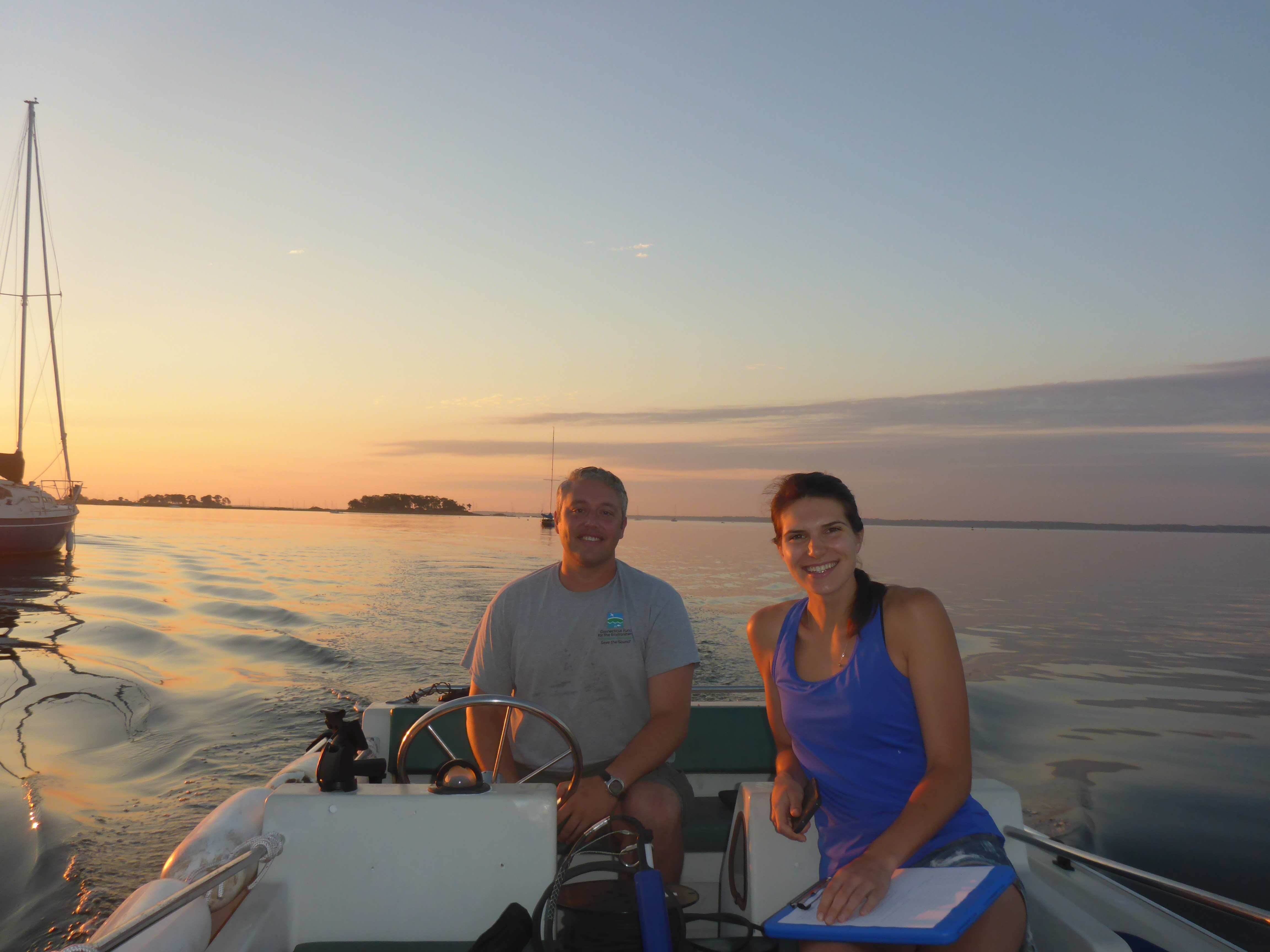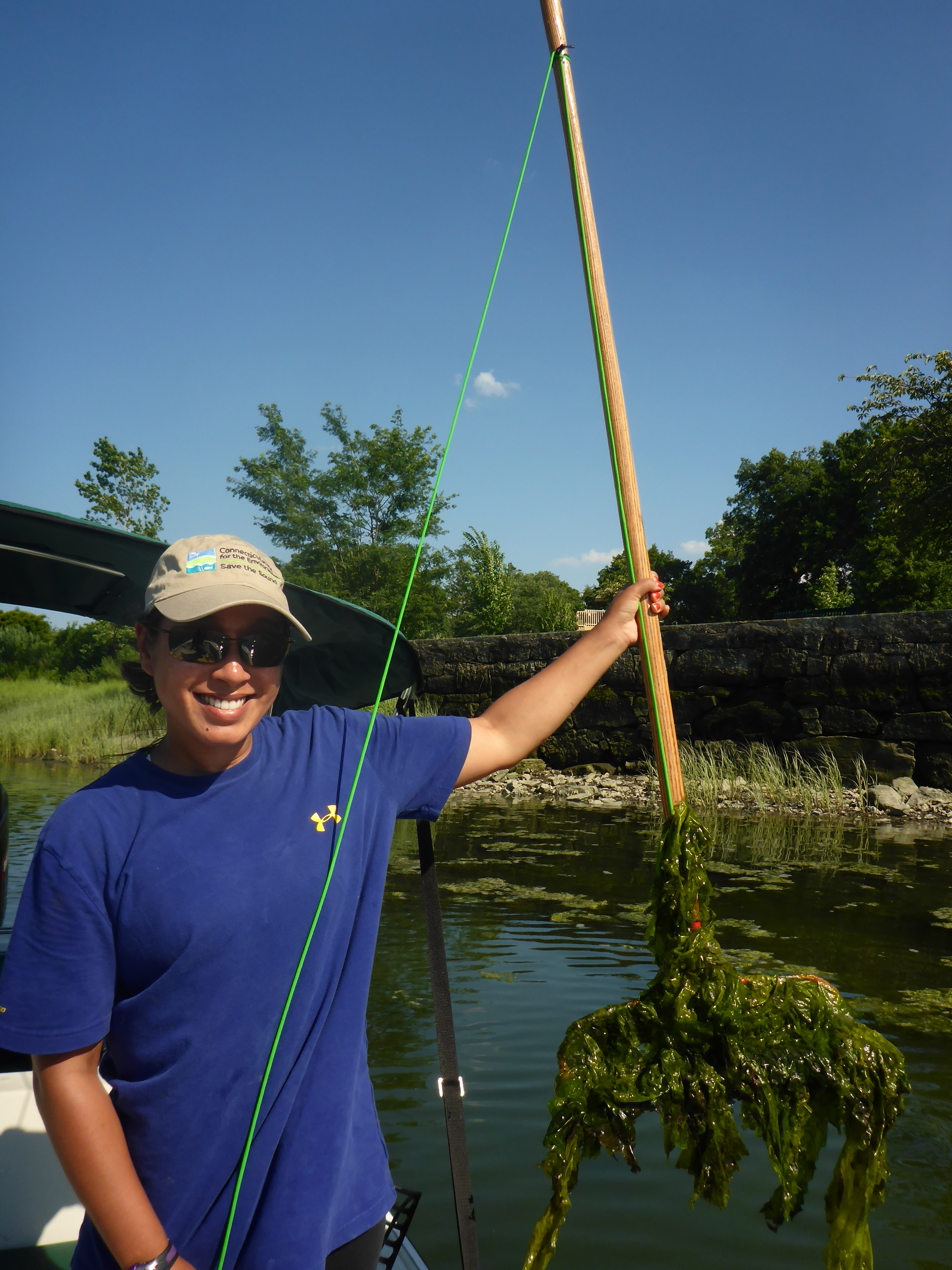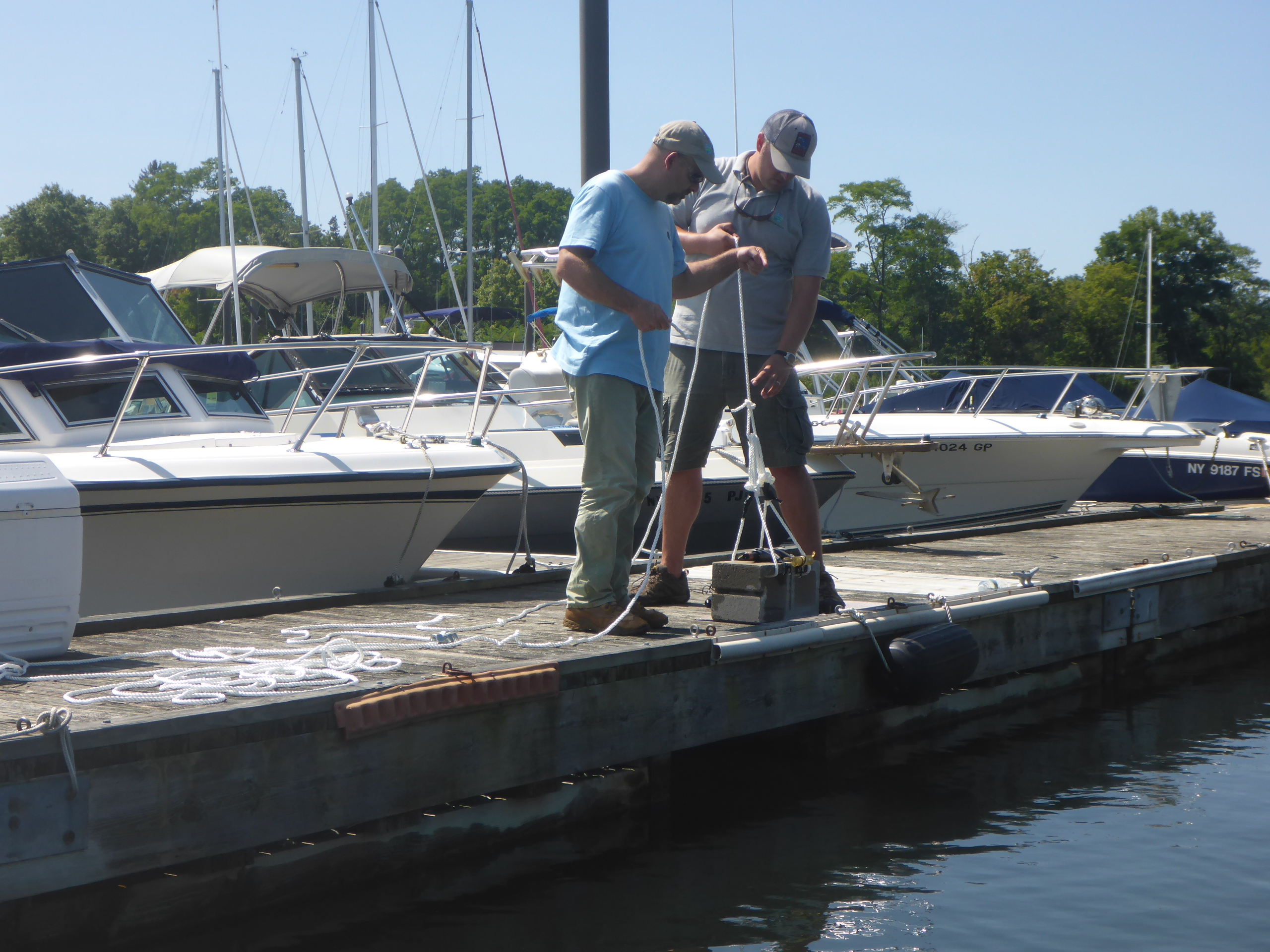By Peter Linderoth, Water Quality Program Manager
The inaugural season of the Unified Water Study officially concluded on October 31. The team at Save the Sound enjoyed working with 12 partner groups from around the region as they collected data in 24 bays and harbors. These groups run the gamut from local environmental groups to municipal and federal organizations. All of the participants contributed to the success of the season! The camaraderie started early in the planning process and continued on through trainings and the sampling season.

Why a Unified Water Study?
The Unified Water Study is designed to assess the environmental health of our Long Island Sound bays and harbors. Abundant data are already being collected in the “main stem” of Long Island Sound by federal and state agencies; however, data gaps in over 100 bays and harbors exist. Along the coastline of our Sound, these areas are frequently used for recreation and enjoyment. This study is designed for community sampling groups to fill in these gaps with high quality data. This information will be used to inform managers making decisions to protect and restore our estuary while also providing the public with an idea of how the water, and its inhabitants, are faring in their local bay, harbor, or other type of embayment.
All groups follow a set of identical field procedures in the data collection process, which allows for comparable results across waterways. Following these set procedures also contributes to the quality of the data being collected for this effort.

First and foremost the study is designed to assess the impacts of excess nutrients in our Sound bays and harbors. Excessively high levels of nutrients, especially nitrogen, have been damaging the Sound ecology for decades. It can lead to harmful algal blooms, salt marsh loss, and fish kills. The baseline water quality parameters for the study are dissolved oxygen, temperature, salinity, water clarity, macrophyte surveys (aka seaweed and eelgrass), and chlorophyll a. These parameters can help identify high nitrogen inputs to a waterway and document their harmful impacts.
The study also has the added benefit of uniting community sampling groups around the Sound into a growing network. This collaboration brings about benefits that are beyond the high quality data collected every season. The collective voice and efforts of the UWS monitoring groups will bring about sustained coordinated water quality sampling, more local data, anda far-reaching set of eyes on the water.
The network of professionals involved goes beyond just the water quality monitoring teams. A diverse array of state, federal, municipal, and non-governmental representatives met to design this study and provide the necessary inputs and feedback to ensure we have our bases covered in terms of longevity and data usability.
Save the Sound piloted an additional level of the study this past summer which integrates continuous dissolved oxygen logging, nutrients, and video surveys of the Sound floor for deeper analyses. For 2018, we are on pace to add another 8 groups to the study.
Monitoring results will be shared with New York State, Connecticut, and the EPA. They will also be made public and integrated into the Long Island Sound Report Card in future years. That is a whole other story so stay tuned!

